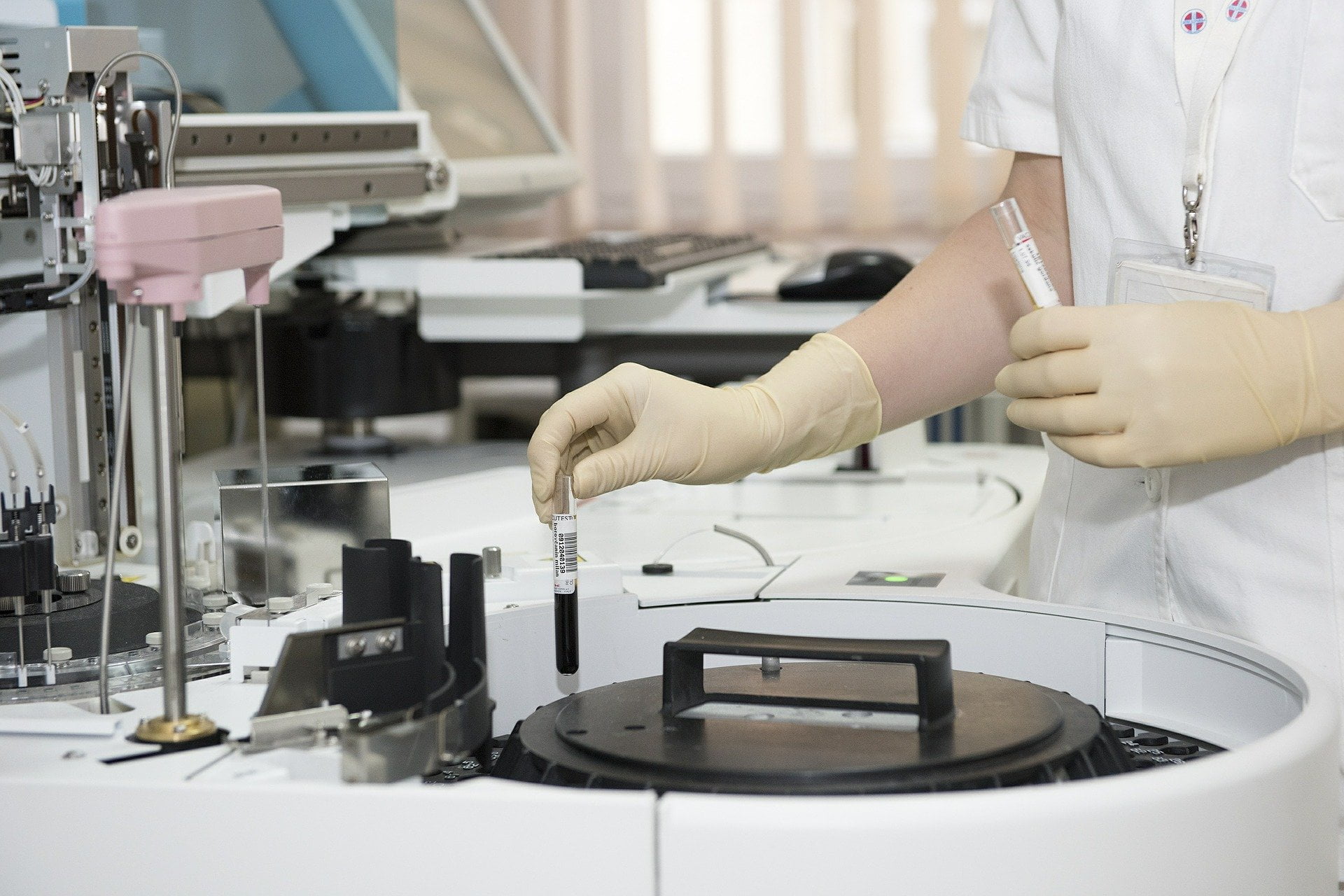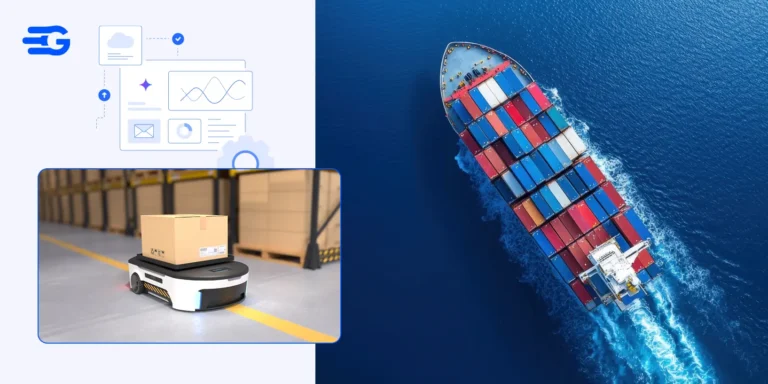Trends in Pharmaceutical Exports of India
The pharmaceutical exports of India are growing steadily and the future looks even brighter. With fewer challenges and more opportunities for the Indian Pharmaceutical giants, the export sector is surely going to add to their business in a significant way.
Trade experts feel that Indian companies need to keep up the innovation and aggression to stay ahead of competitors like China. The internal and external markets, both are showing buoyancy with a few signs of caution.
Here are some key trends to watch out for:
According to IBEF The Indian Pharmaceutical industry is set to reach $50 billion by the year 2024. Exports of pharmaceutical products from India are set to reach $20 billion according to a study conducted by ASSOCHAM research.
In percentage terms, the Indian pharma generic exports grew faster than the worldwide pharma market between 2012-13 and 2014-15.
Here are some key strengths of the pharma industry in India:
Strengths Of The Indian Pharmaceutical Exports
The country has one of the lowest cost of manufacturing and is one of the fastest-growing, as far as pharmaceutical products are concerned.
The increasing support from the government for the pharmaceutical industry and a steady rate of growth in revenues are all working in favor of the industry.
There are 4 key competitive advantages of the Indian pharmaceutical industry include:
- Availability of raw material
- Skilled workforce
- Low cost of innovation
- Extensive Distribution Network
India has skilled technicians and pharma professionals who are adept at the English language. This helps in the low cost of innovation, manufacturing compliance and documentation.
The Generic Advantage
Indian pharmaceutical companies mainly cater to the generic drug market. The main focus of pharmaceutical exporters in India includes:
- Generic Drugs
- Active Pharmaceutical Ingredients
- OTCs
- Patented Drugs
- Biosimilars
India is among the largest exporters of generic drugs globally.
According to FactSet, the total Indian Research investment in generic drugs increased by 3.8% of sales in 2010 to $12.55 billion.
Stronghold in the US Market
India stayed ahead of key competitor China, in pharmaceutical exports around the world. Pharma exports from India grew at 7.55% in 2015 to $12.55 billion.
According to Pharmexcil North America occupies 27% of all the Indian pharmaceutical exports followed by the European Union and Africa.
Indian pharmaceutical exports to the US alone are expected to reach $49 billion by the year 2020. The data above also shows a significant approval rate for Indian generic drugs in the US, in the past.
Our Global Presence
Indian pharma players are setting up offices and plants in key target markets to improve their stronghold and consolidate their growth.
According to PHARMEXCIL and IBEF, there are 584 Indian companies registered under the US FDA and the US is the largest market for pharmaceutical exports from India, followed by Russia, UK, South Africa, Germany, Nigeria, Brazil, The Netherlands, Kenya and Canada.
Some of the key players in the industry include MegaWeCare, Pfizer, GlaxoSmithKline, Novartis, Wyeth, Abbott, Sanofi, Cipla, Dr. Reddy’s Laboratories, Lupin, Sun Pharmaceuticals, Zydus Cadila, and Wockhardt.
Challenges and Opportunities
Changes in government regulations and Chinese competition are some of the key challenges for Indian pharmaceutical players. The growing African and Latin American markets would be something the country needs to keep an eye on. Here are some key challenges and opportunities for the industry: –
Challenges
1. US Rule To Manufacture API’s Locally
According to this recent report by Hindu, in Feb’16, the US government has mandated the manufacturing of Active Pharmaceutical Ingredients to be manufactured locally. 80% of these ingredients were being sourced from India or China and this news comes as surprise to the exporters in the Indian Pharmaceutical business.
According to Markets, the global API market stood at $150 billion in the year 2016. A larger portion of this market is in the US.
The change mainly impacts Indian companies who have their subsidiaries in the US and are dependent on their parent companies in India for APIs.
2. European Trade Rules – A Challenge
One of the challenges faced by Indian pharmaceutical companies while exporting to Africa and Latin America via European ports is the confiscation of goods on these ports due to IP regulations.
Many times Indian exporters are being asked to prove the originality of the drug being exported while being checked in transit by custom authorities on these ports.
3. China’s Aid To Developing Countries
According to a report by Indiatimes many developing nations in the African, Eastern European and Asian markets are being given financial aid by China.
In return, China is putting a condition on these nations to buy medicines and other goods and services from Chinese manufacturers.
This policy has posed a challenge for Indian exporters targeting these markets. Indian players should increase their marketing efforts in these markets to gain a stronghold.
Opportunities
1. Latin America: An Opportunity For Indian Pharmaceutical Logistics
A report by financial express highlights some key facts and opportunities for Indian pharmaceutical exporters in the Latin American market:
In 2024 Indian exports to Latin America touched $1063 million crossing $1billion.
Indian pharmaceutical exports to Latin America constituted 7.7% of the total in the year 2014-15. Off late, the trend in exports to Latin America has shifted from bulk drugs (API’s) to the finished product(Generics, OTCs and Patented Drugs)
Brazil and Venezuela are some of the key markets for finished formulations while Mexico has a strong demand for bulk drugs. Latin America is also a growing market for Ayurvedic products – an opportunity for Indian exporters to tap.
2. The West African Market
Most of the Indian pharmaceutical exporters see a growth opportunity in the West African market. According to Mckinsey, the size of Africa’s pharmaceutical market touched $20.8 billion in 2013 as compared to a decade earlier.
The study predicts that the size of this market will grow to become $40 – $65 billion – by the year 2020. The study forecasts consistent growth in demand for prescription drugs, over the counter medicines and devices. The report emphasizes the economic and infrastructure growth of African cities while also illustrates the growing initiatives in the healthcare sector like:
- Growth in the number of hospital beds and healthcare professionals
- Government regulation and price control on medicines
The study also suggests that local partnerships with businesses, NGOs and governmental bodies would help Indian pharmaceutical players to tap the growing business opportunity.
3. Biosimilars – An Opportunity For Indian Biotechnology Companies
A biosimilar is a cheaper version of biologic drugs that are meant for the treatment of diseases such as diabetes, multiple sclerosis, cancer, and rheumatoid arthritis.
According to a report by Business Standard, the US FDA recently gave a go-ahead to the first biosimilar product. This paves the way for Indian biotech companies to target the global biologics market. The biosimilars industry is growing fast and is expected to reach $20 billion by the year 2020.Some of the recent investments made by pharmaceutical companies outside India Include:
- Biocon’s 200 crore investment in an insulin plant in Malaysia
- Cipla is investing 600 crores in biosimilars in South Africa
The key challenge in the growth of the biosimilars industry is the high cost of these medicines.
4. Depreciating Rupee
Pharmaceutical exporters from India are benefiting from the recent decline in the rupee against the USD. According to market predictions, the rupee will remain weak in the times to come as well.
Companies that are getting a major part of their revenue from the US have gained from the depreciating rupee in the last four years. Pharma companies in India are working to build their niche in the US market by improving their investment in research and development, thus strengthening their business there.
Be it India’s leadership in the global generic drug market or its stronghold in the US or its ability to innovate cost-effectively, Indian is poised for steady growth in the coming years.
The export opportunities to Latin America and Africa are significant and need to be exploited to the fullest. The biosimilars and herbal products markets also promise to bring in additional growth.
GoComet is the world’s best platform to make freight procurement efficient and fast. Our enterprise SaaS product is used by manufacturing companies to drive sharp reverse auctions bringing out the best possible end to end rates for international shipments.
Schedule Free Product Consultation





